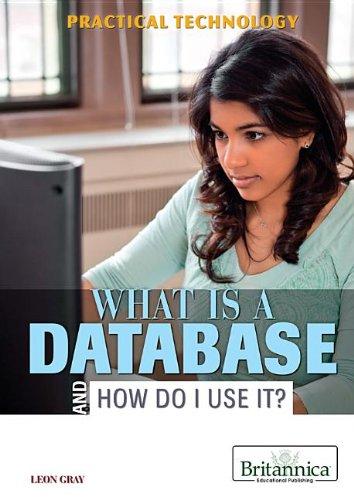Question
This set of homework covers the contents of Chapters 1 and 2. 1 (20 pts) The ciphertext below was encrypted using a substitution cipher. Using
This set of homework covers the contents of Chapters 1 and 2.
1 (20 pts) The ciphertext below was encrypted using a substitution cipher. Using letter frequency analysis method of the English language (see Table 1.1 in Sect. 1.2.2), find the substitution table (the key), and decrypt the ciphertext into the corresponding plaintext (you should add spaces and punctuations for the plaintext). Note that the text is relatively short and that the letter frequencies in it might not perfectly align with that of general English language from Table 1.1.
This question must be done by computer programs that you write in any computer programing language, but preferably C or C++. Your submssion should include source code ( eg., in .c, .cpp) and running results (the substitution table, plaintext).
YFSIT ZYFRG XISYO EMTVS QRHQY SZOTW QCTWZ ISHGE ZTQQY FSGZE YOEQE OSIYO QYQGE ESVSZ GYSKY FSWMK GYSTU GRTKS VTUSG ZYFQU VWEYW GYOIX RGXIS YOEUO SVKDF OEFOQ ISSKS KYTNS SMIGA OXGYO TIGVQ HQYSR QUWIE YOTIO IXRGI HDTIK SZSKD FGYQF GMMSI OIXOI QOKSY FSMVG ISYQE TZSKO QYOIE YUZTR YFSXS TXZGM FOEIT ZYFMT VSDFS ZSGVV YFSVO ISQTU VTIXO YWKSR SSYGY YFSYT MTUYF SDTZV KYFSR GXISY OEMTV SOQYF SMTOI YYFGY GETRM GQQZS ETXIO LSQGQ ITZYF GYYFS RTRSI YOYOQ VTEGY SKUTW ZKSXZ SSQQT WYFTU YFSXS TXZGM FOEIT ZYFMT VSDFO EFVOS QOIYF SGZEY OETES GIGYI OISYH KSXZS SQITZ YFJWY YFGYD GQITY GVDGH QYFSE GQSOI YFSRO KIOIS YSSIY FESIY WZHYF SITZY FRGXI SYOEM TVSUV TGYSK RWEFU WZYFS ZQTWY FZTGR OIXGZ TWIKE GIGKG UTZYF SMGQY TISFW IKZSK UOUYH HSGZQ FTDSA SZYFS MTVSF GQJSS IQMZO IYOIX GDGHU ZTREG IGKGG IKYTD GZKQO JSZOG YFGYE FGIXS TUGKK ZSQQE GIITY JSOXI TZSKX OASIY FGYRG XISYO EETRM GQQSQ QYOVV WIKSZ MOIRT KSZII GAOXG YOTIU ZTRYF SQHQY SRQWQ SKJHE OAOVO GIGIK ROVOY GZHGO ZMVGI SQYTY FTQSY FGYTZ OSIYH TWZOM FTIS
2. Perform the modular arithmetic for the following questions, use quick reductions as often as you can, dont use calculator.
1) 15 x 28 mod 13
2) -11 x 41 mod 15 3) 7100 mod 13
4)7 x 2 / 5 mod 7 (hint: youll need to calculate 5-1 mod 7)
5) 6-1 mod 12
3. Find all integers n between 0 <= n < m that are relatively prime to m for m = 16, 26. We denote the number of integers n which fulfill the condition by (m), e.g., (3) = 2. This function is called Eulers phi function. What is (m) for m = 16 and m = 26?
4. Given a short message, say 8 ASCII characters represented by 64 bit, which was encrypted using a 64-bit one-time pad. Explain why an exhaustive key search (or brute-force attack) will not succeed even though unlimited computing resources are available.
Step by Step Solution
There are 3 Steps involved in it
Step: 1

Get Instant Access to Expert-Tailored Solutions
See step-by-step solutions with expert insights and AI powered tools for academic success
Step: 2

Step: 3

Ace Your Homework with AI
Get the answers you need in no time with our AI-driven, step-by-step assistance
Get Started


